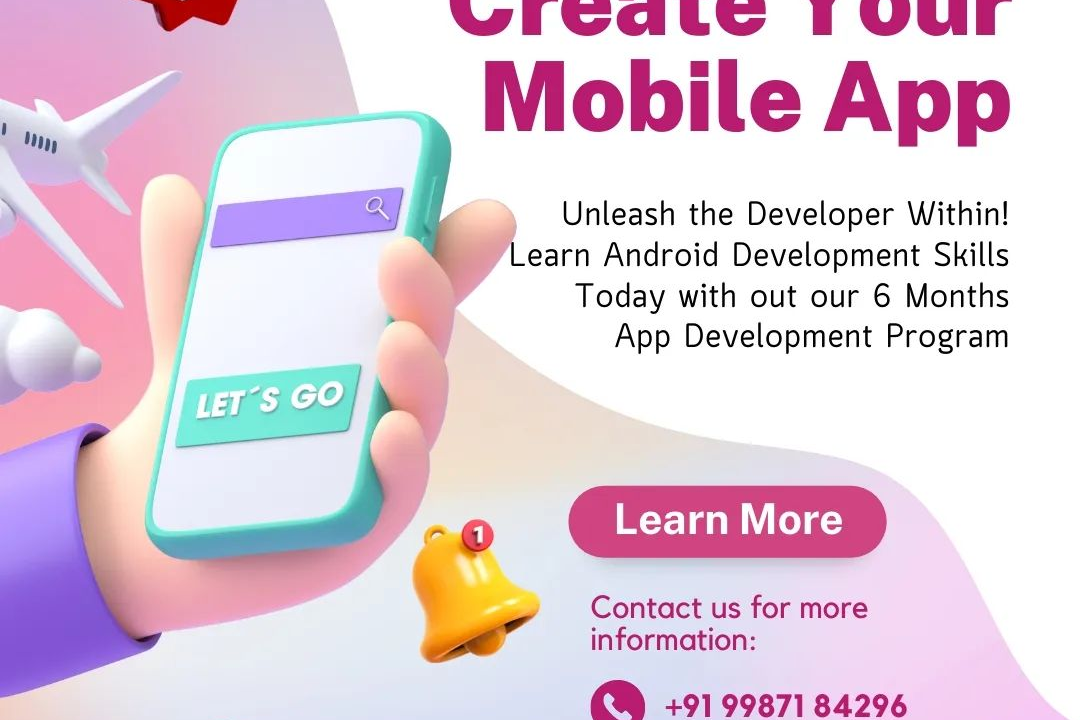Flutter Coding Methodologies Overview
An Overview of Flutter Coding Methodologies
Flutter Coding Methodologies Overview
Flutter coding methodologies primarily focus on leveraging the framework's reactive programming model to build natively compiled applications for mobile, web, and desktop from a single codebase. Flutter encourages the use of widgets as the fundamental building blocks of the user interface, emphasizing composition and modularity. Developers typically follow an object-oriented approach, creating reusable components and utilizing state management techniques, such as Provider, Riverpod, or Bloc, to efficiently manage app state. The emphasis on declarative UI allows for smoother updates and renders, enabling developers to build responsive and animated interfaces easily. Overall, Flutter's coding methodologies promote clean, maintainable, and scalable code by adhering to principles like separation of concerns and following best practices in design patterns.
To Download Our Brochure: https://www.justacademy.co/download-brochure-for-free
Message us for more information: +91 9987184296
1 - Dart Programming Language
Flutter uses Dart as its primary programming language, which combines object oriented and functional programming paradigms, making it concise and efficient for building UI centric applications.
2) Widget Tree Structure
Flutter applications are built using a tree of widgets. Each UI component is a widget, and these can be combined to create complex interfaces. Understanding how to organize and manage these widgets is crucial.
3) Stateless vs Stateful Widgets
Widgets in Flutter are classified as either Stateless (immutable) or Stateful (mutable). Mastering the difference is essential for managing your app's state and making UI responsive to user interactions.
4) Hot Reload Feature
Flutter supports ‘hot reload,’ allowing developers to see updates to the code in real time without losing the app state. This speeds up the development process and enhances productivity.
5) Declarative UI
Flutter employs a declarative approach to UI development, where you declare what the UI should look like based on the current state, leading to clearer and more manageable code.
6) Material and Cupertino Libraries
Flutter offers a rich set of pre designed widgets through Material Design and Cupertino (iOS) libraries, allowing developers to create visually appealing interfaces for both Android and iOS platforms.
7) Layouts and Flexbox
Flutter provides flexible layout models, including rows, columns, stacks, and grids. Mastering layout strategies like the Flexbox model can help in organizing UI components effectively.
8) Asynchronous Programming
Dart's support for async and await keywords allows for handling asynchronous operations efficiently. This is vital for tasks like fetching data from APIs without blocking the UI thread.
9) State Management
Choosing the right state management solution (e.g., Provider, Riverpod, Bloc, Redux) is critical for managing application state and ensuring a reactive UI that responds to changes properly.
10) Dependency Injection
Understanding dependency injection can help in better organizing code and managing dependencies. Libraries such as GetIt or Provider can facilitate this process.
11) Routing and Navigation
Flutter’s built in routing system allows navigation between different screens or pages in an app. Understanding the navigation stack and using named routes is essential for a seamless user experience.
12) Responsive Design
Building responsive applications that work across various devices and orientations is critical. Flutter facilitates responsive design through layout widgets like MediaQuery and OrientationBuilder.
13) Testing Widgets
Flutter encourages writing unit tests, widget tests, and integration tests to ensure app reliability and maintainability. Testing methodologies help identify bugs early in the development cycle.
14) Performance Optimization
Techniques such as minimizing widget rebuilds, using const constructors, and image caching help in achieving smooth performance. Understanding the rendering process is also important.
15) Third party Libraries and Packages
Leverage the Flutter ecosystem by utilizing third party libraries and packages from pub.dev for added functionalities. This accelerates development time and enhances app features.
16) Building and Deployment
Learning the process of building applications for different platforms (iOS, Android, web) and understanding deployment requirements is essential for getting apps into users’ hands.
17) Version Control with Git
Familiarity with version control systems like Git is critical for collaboration, managing project versions, and ensuring code integrity throughout the development process.
18) Code Readability and Documentation
Writing clean and readable code, along with proper documentation, is key to maintaining and scaling projects, especially when working in teams or handing off projects to other developers.
This structured methodology overview aims to equip students with a thorough understanding of Flutter coding principles, preparing them for real world application development.
Browse our course links : https://www.justacademy.co/all-courses
To Join our FREE DEMO Session: Click Here
Contact Us for more info:
Mobile App Lifecycle
Diploma in Data Analytics
Software Testing Course In Nashik
Flutter Training in Jhumri Tilaiya
Java I/O And File Handling Mumbai











